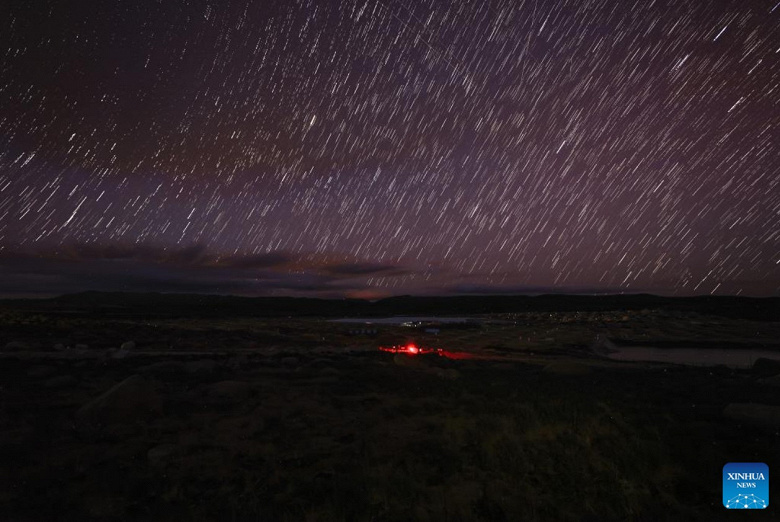Giant gamma ray bubble structure will close gaps in understanding the origin of cosmic rays
China's Large Altitude Airstream Observatory (LHAASO) has made a discovery in Cygnus star formation that could revolutionize understanding of the nature of cosmic rays. Astrophysicists have discovered a gigantic gamma-ray structure that is about ten million times more energetic than our solar system. This structure points to a potential site of particle acceleration responsible for cosmic rays and may reveal more about the origins of these mysterious phenomena in the Milky Way.
LHAASO is located at an altitude of 4,410 meters on Mount Haizi in Sichuan Province and is considered the world's most sensitive ultra-high energy gamma ray detector. One of the latest LHAASO observations allowed researchers to identify the star-forming region in Cygnus as a potential source of cosmic rays with energy levels above 10 petaelectronvolts (quadrillion electronvolts). This level exceeds the record levels achieved by artificial accelerators on Earth by 1000 times.
Origin of cosmic rays — one of the main mysteries of astrophysics. Cosmic rays are charged particles, mostly made up of protons. However, it is still unknown where they come from and how they achieve such high energies.
Part of the answer may lie in a giant gamma-ray bubble structure found in the Cygnus starburst about 5,000 light-years from Earth. Observations have shown that this structure contains many photons with energies above 1 PeV, with a maximum energy reaching 2.5 PeV. This indicates the presence inside the bubble of a mechanism for superaccelerating high-energy particles up to 20 PeV and ejecting them into interstellar space. Collisions of these high-energy particles with interstellar gas produce gamma rays.
Of particular interest is the Cygnus OB2 star cluster, which is located next to the discovered structure. This massive cluster is made up of young, hot, and massive stars. According to calculations, the luminosity of these stars exceeds the luminosity of the Sun many times, and strong stellar winds create especially favorable conditions for the acceleration of particles.
«This is the first super cosmic ray accelerator identified to date. As observation time increases, we hope to discover even more superaccelerators and uncover the mysteries of the origin of cosmic rays in the Milky Way», — said Cao Zhen, principal investigator of LHAASO and academician of the Chinese Academy of Sciences (CAS).

